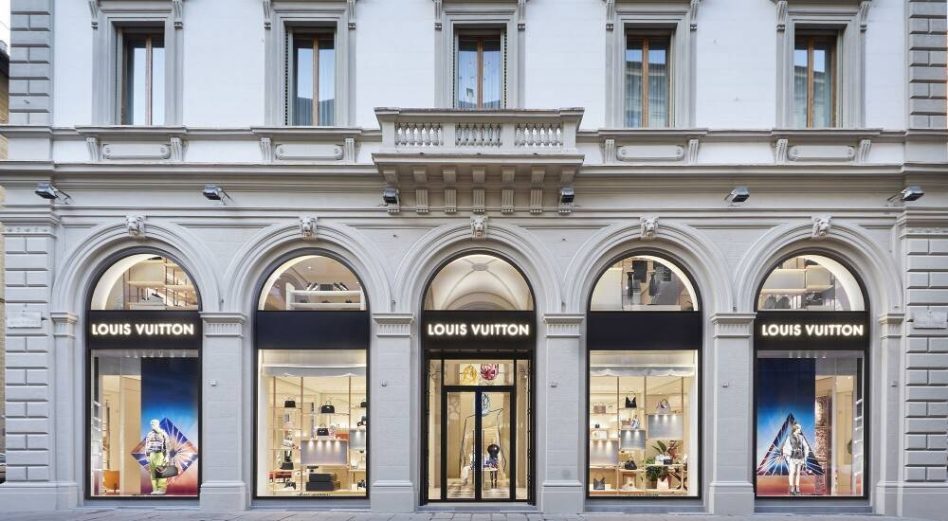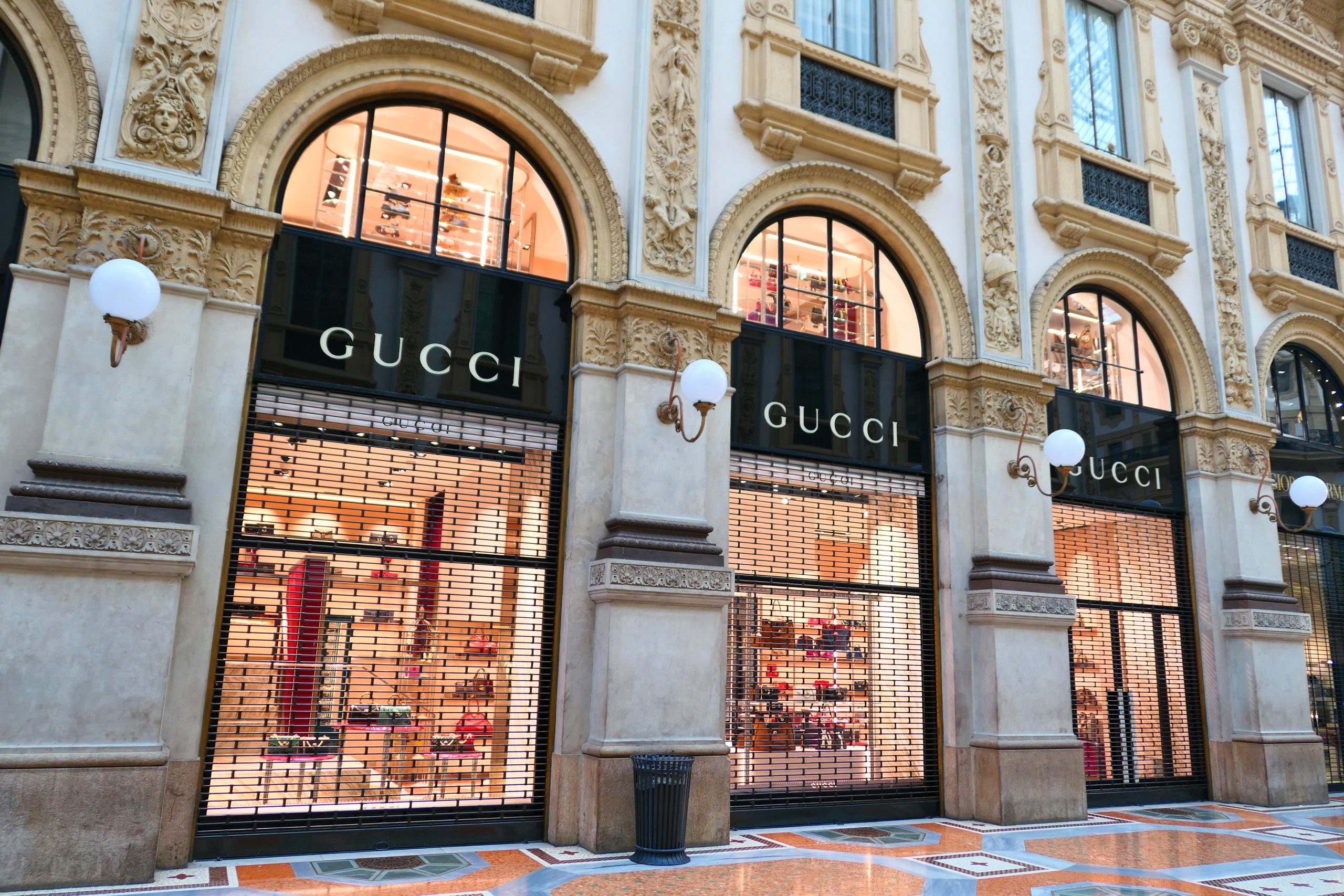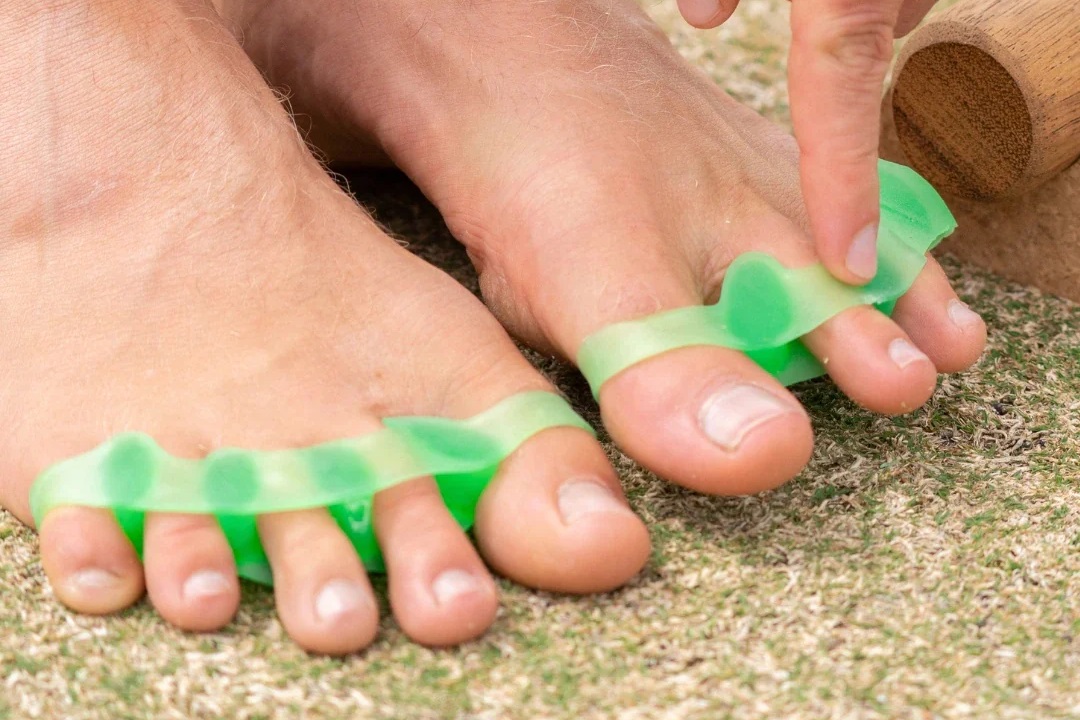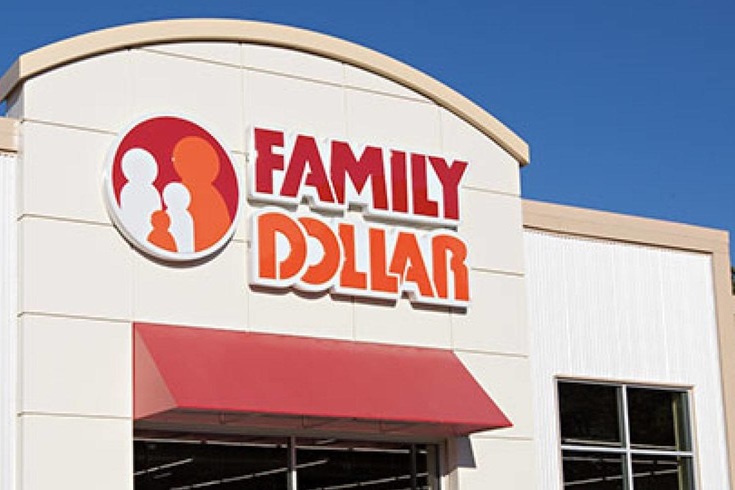
Image source: www.lvmh.com
It looks like the steady stream of profits enjoyed by many luxury brands is starting to slow down. The latest statistics show that the record revenue from luxury items is starting to slow after years of excessive spending from customers.
On Wednesday, Moët Hennessy Louis Vuitton (LVMH) has had a fall of 6% in share price as the slowdown in sales continued for the world’s largest luxury company throughout the third quarter of this year.
Compare this with the same period last year when sales for LVMH grew by 9%. This figure may seem impressive at first, but before that point, LVMH’s profits were growing at nearly double this rate and now things have been pretty much slow ever since.
Sales of almost all luxury items have slowed in all major regions as the demand for high-end goods continues to diminish. One startling example of this is in LVMH’s wine and spirit branches, where an almost 15% sales decrease has been reported. All throughout 2023, LVMH alcohol sales have been weak, particularly in the United States, and now it looks like this decline is only going to get worse.
The sales slump can no longer be attributed to disinterest from less wealthy shoppers or “aspirational” shoppers, as industry slang labels them. Sales of jewelry brands such as expensive watches were also lower than experts predicted. Affluent spenders in Europe, who had been buying luxury goods freely earlier this summer, have now also slowed their spending.
Industry investors had forecast a decline in customer spending, but could not predict how big it could potentially be. In just six months, LVMH has lost roughly a quarter of its market value, in the aftermath of the fall in share price this week. Rivals such as Gucci and Burberry also experienced drops in stock on Wednesday and this may prove even more detrimental to those brands moving forward.
The whole luxury goods industry has become outworn in the eyes of shareholders recently. This comes as somewhat of a surprise, as at the beginning of the year, a bigger surge in revenue was anticipated in the Chinese market after all pandemic restrictions were finally lifted in the country.
Even though things are going relatively well in China, there seems to be no foreseeable location the industry can pinpoint next to renew growth. Less demand for luxury products will also restrict brands from raising their prices. The strong sales figures from last year allowed brands to raise prices by around 7% on average.
The ability to control pricing and bolster profit margins were the main reasons for the increase in investors in 2022. This element is over for now and probably won’t be the case again for some time. Before the pandemic and post-pandemic boom, product prices only rose by 1.2% on average over a four-year period.
With their seasonal collections and billion-dollar advertising disrupted, major luxury brands are now facing a potential crisis as budgets tighten to mitigate losses. On the one hand, more cash will be needed to protect profit margins, while on the other hand, spending must continue on product production and advertising to maintain the business.
This may not be enough though, as last month, LVMH was overtaken by Danish pharmaceutical company Novo Nordisk as Europe’s most valuable enterprise, and even with LVMH’s fashion and leather goods department still enjoying a good run of profits that are expected to continue into 2024, there is no doubt some tough times ahead for all the major player in the luxury goods industry.

Image source: www.lvmh.com
It looks like the steady stream of profits enjoyed by many luxury brands is starting to slow down. The latest statistics show that the record revenue from luxury items is starting to slow after years of excessive spending from customers.
On Wednesday, Moët Hennessy Louis Vuitton (LVMH) has had a fall of 6% in share price as the slowdown in sales continued for the world’s largest luxury company throughout the third quarter of this year.
Compare this with the same period last year when sales for LVMH grew by 9%. This figure may seem impressive at first, but before that point, LVMH’s profits were growing at nearly double this rate and now things have been pretty much slow ever since.
Sales of almost all luxury items have slowed in all major regions as the demand for high-end goods continues to diminish. One startling example of this is in LVMH’s wine and spirit branches, where an almost 15% sales decrease has been reported. All throughout 2023, LVMH alcohol sales have been weak, particularly in the United States, and now it looks like this decline is only going to get worse.
The sales slump can no longer be attributed to disinterest from less wealthy shoppers or “aspirational” shoppers, as industry slang labels them. Sales of jewelry brands such as expensive watches were also lower than experts predicted. Affluent spenders in Europe, who had been buying luxury goods freely earlier this summer, have now also slowed their spending.
Industry investors had forecast a decline in customer spending, but could not predict how big it could potentially be. In just six months, LVMH has lost roughly a quarter of its market value, in the aftermath of the fall in share price this week. Rivals such as Gucci and Burberry also experienced drops in stock on Wednesday and this may prove even more detrimental to those brands moving forward.
The whole luxury goods industry has become outworn in the eyes of shareholders recently. This comes as somewhat of a surprise, as at the beginning of the year, a bigger surge in revenue was anticipated in the Chinese market after all pandemic restrictions were finally lifted in the country.
Even though things are going relatively well in China, there seems to be no foreseeable location the industry can pinpoint next to renew growth. Less demand for luxury products will also restrict brands from raising their prices. The strong sales figures from last year allowed brands to raise prices by around 7% on average.
The ability to control pricing and bolster profit margins were the main reasons for the increase in investors in 2022. This element is over for now and probably won’t be the case again for some time. Before the pandemic and post-pandemic boom, product prices only rose by 1.2% on average over a four-year period.
With their seasonal collections and billion-dollar advertising disrupted, major luxury brands are now facing a potential crisis as budgets tighten to mitigate losses. On the one hand, more cash will be needed to protect profit margins, while on the other hand, spending must continue on product production and advertising to maintain the business.
This may not be enough though, as last month, LVMH was overtaken by Danish pharmaceutical company Novo Nordisk as Europe’s most valuable enterprise, and even with LVMH’s fashion and leather goods department still enjoying a good run of profits that are expected to continue into 2024, there is no doubt some tough times ahead for all the major player in the luxury goods industry.



